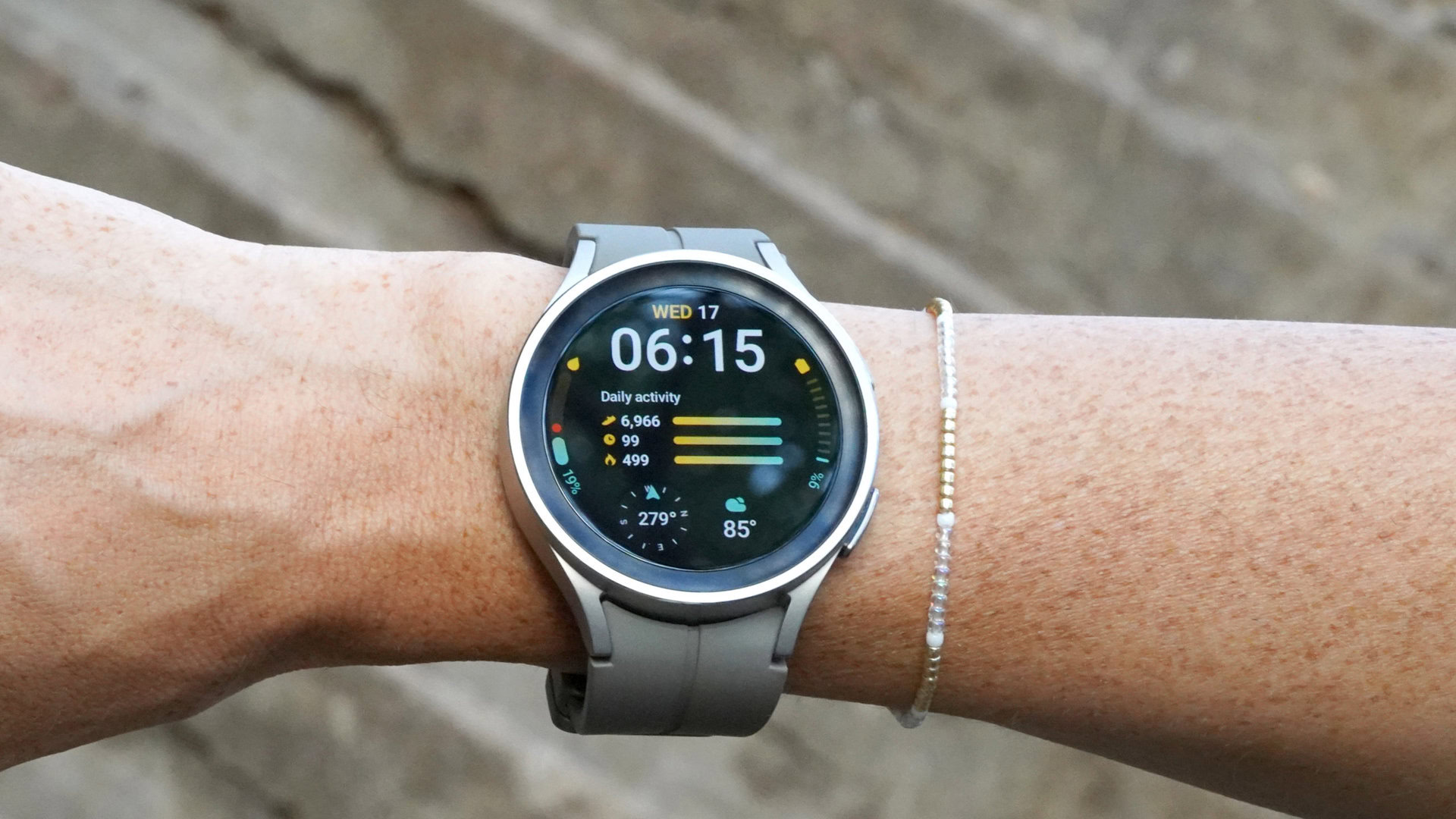
Samsung has just announced that the Galaxy Watch 5 and Galaxy Watch 5 Pro can now measure skin temperature, which then feeds into the Cycle Tracking feature. The company had previously announced that the feature would be coming soon, and now, roll out has finally begun for the US, Korea, UK, and 29 European markets.
Cycle Tracking on the Galaxy Watch 5 and Watch 5 Pro will now make better use of the infrared temperature sensor within the watches. Measurements from the temperature sensor will track skin temperature changes to better forecast things like ovulation and menstrual cycles as a whole. Since the sensor makes use of infrared tech, it can obtain accurate readings even if there is a temperature change in the user’s surroundings or if the user moves while sleeping.
All of the data from the temperature sensor (and other sensors) is encrypted and stored on the device itself, giving users control over their data. The watches make use of Natural Cycles‘ algorithm to then forecast menstrual cycles and track ovulation with a greater degree of accuracy and insight.
Samsung says that the Cycle Tracking feature has been registered with the FDA and other relevant market authorities.
Skin-temperature-based cycle tracking is progressively rolling out within the Samsung Health app for Galaxy Watch 5 and Galaxy Watch 5 Pro users in Austria, Belgium, Bulgaria, Croatia, Cyprus, the Czech Republic, Denmark, Estonia, Finland, France, Germany, Greece, Hungary, Iceland, Ireland, Italy, Korea, Latvia, Lithuania, Luxembourg, the Netherlands, Norway, Poland, Portugal, Romania, Slovakia, Slovenia, Spain, Sweden, Switzerland, the UK, and the US.
This is because these infrared-sensor-based raw temperature readings are not complete alternatives to clinical thermometer readings and should not be relied on for medical needs. They are best used to track bodily changes over a longer period of time when read with all the other data that the watches collect over time.

